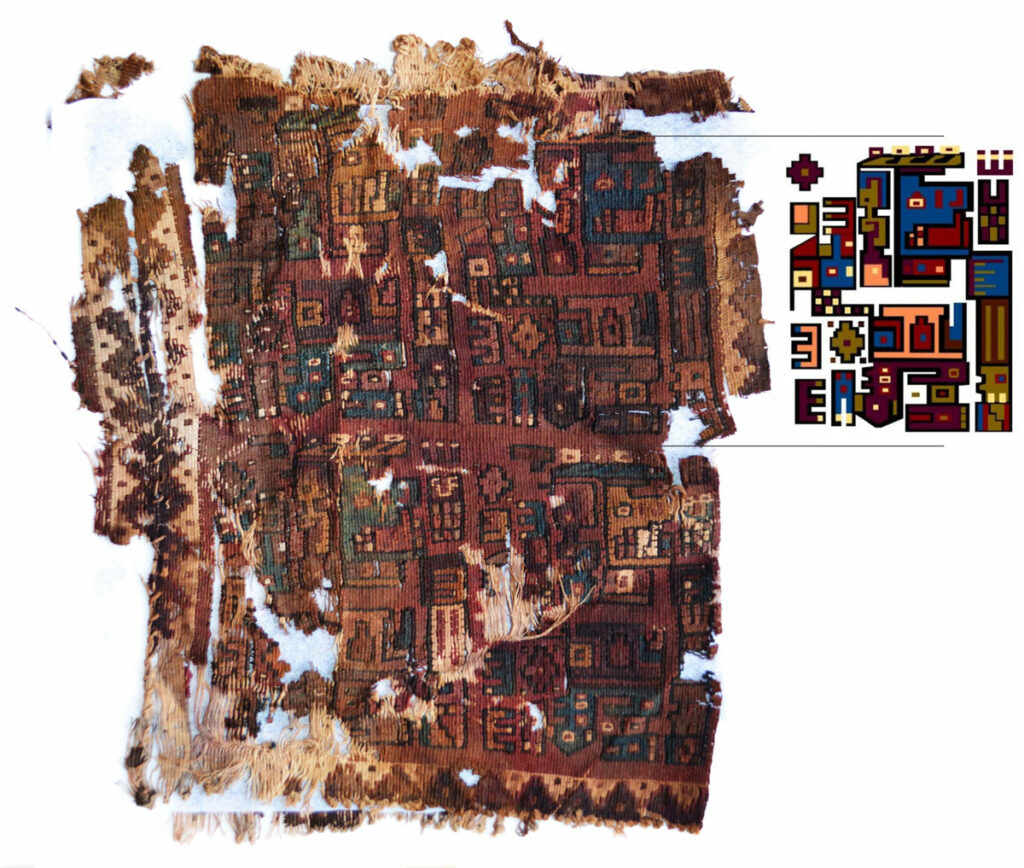
CAMBRIDGE, MASSACHUSETTS—According to a statement released by Antiquity, Jeffrey Quilter of Harvard University’s Peabody Museum, Carlos Rengifo of the National University of Trujillo, and their colleagues analyzed and dated textiles recovered from the ancient city of Huacas de Moche, which is located in northern Peru. “The date range for when the Moche culture existed has been debated for many decades,” Quilter said. The process is complicated because the Moche did not have a writing system, and left behind no clear record of how they identified themselves, he explained. Quilter and his colleagues determined that most of the textiles in the study had been produced with Moche techniques, but they also contained design influences from other cultures, including the Wari Empire to the south. Meanwhile, radiocarbon dating indicates that some of the textiles were made well into the tenth century A.D., which suggests that Moche identity persisted longer than had been previously thought. Moche culture may have therefore been transformed over time through interaction with different peoples, rather than ending as a result of the expansion of another group or a climate disaster. “Just as determining the cultural identity of any prehistoric community is fraught with difficulties, so too is identifying how they came to take on a new one,” Quilter said. Read the original scholarly article about this research in Antiquity. To read more about the Moche, go to "Peru's Lost Temple."